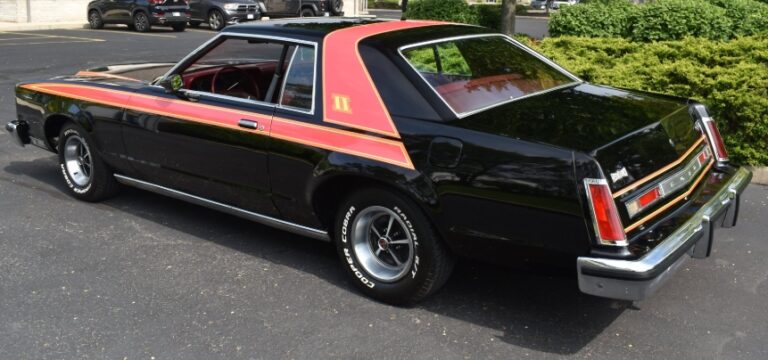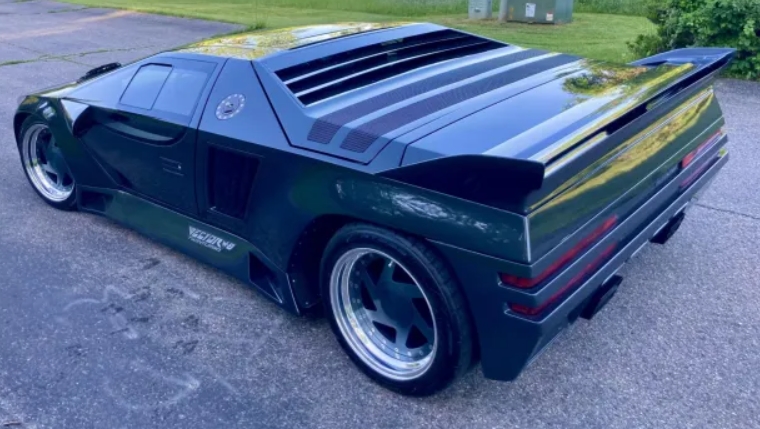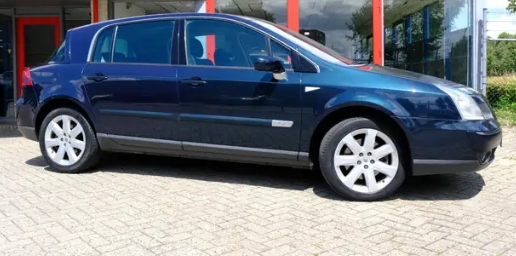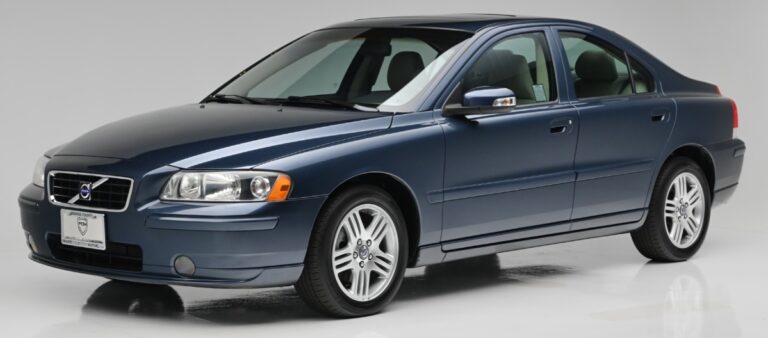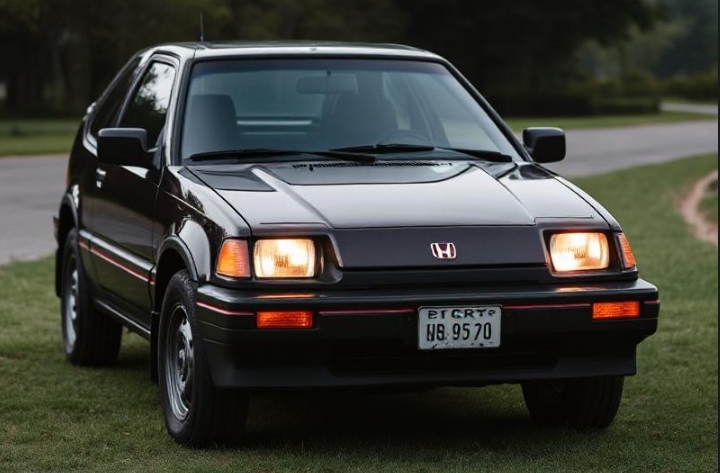The Evolution of the Mitsubishi L300
The Mitsubishi L300, one of Mitsubishi Motors’ most enduring commercial vehicles, has a rich history spanning over four decades. Known for its versatility, durability, and adaptability, the L300 has served as a workhorse for businesses, entrepreneurs, and families alike across numerous markets worldwide. This article traces the evolution of the Mitsubishi L300 from its inception in the late 1970s through various generations, highlighting key models, trim levels, and regional variations.
Origins and Early Development (1970s–1980s)
Introduction and First Generation (1978–1986)
The Mitsubishi L300 was introduced in 1978 as a successor to earlier commercial vehicles like the Mitsubishi Colt T120. It was developed to meet the rising demand for reliable, economical light commercial vans and pickup trucks.
Design and Features
The first-generation L300 was built on a compact platform, offering a boxy design optimized for cargo capacity. It was primarily available as a panel van, but also as a pickup and chassis cab. Its construction emphasized simplicity and practicality, with a focus on durability.
Models and Trim Levels
Initially, the lineup was straightforward, with few trim variations. The main models included:
- Van: The standard cargo version.
- Pickup: Available with standard or long beds.
- Chassis Cab: For conversion into various specialty vehicles.
Engine options in many markets ranged from 1.4L to 1.6L four-cylinder petrol engines, with some markets offering diesel variants.
Growing Popularity and Regional Variations (1980s)
Second Generation (1986–1991)
In 1986, Mitsubishi launched an extensively redesigned L300, marking its second generation. The new model featured a more modern, aerodynamic design, improved comfort, and increased cargo space.
Design and Engineering
The second-generation L300 adopted a more squared-off, utilitarian look, with improvements in safety and handling. The chassis was reinforced, and the interior was upgraded for driver comfort.
Variants and Trim Levels
This period saw increased diversity in models and trims:
- Van Models: Standard, Deluxe, and high-roof versions.
- Pickup Models: Standard, Long Bed, and Crew Cab options.
- Special Models: Some markets introduced refrigerated versions, minivans, and luxury trims.
Engine Options
The lineup included:
- 2.0L and 2.4L petrol engines
- Diesel variants ranged from 2.0L to 2.5L, depending on the market
- Some markets introduced turbocharged diesel options for better power and fuel economy
Regional Differences
In Southeast Asia, Australia, and parts of Africa, the L300 gained popularity with locally adapted models, often with specific trim levels emphasizing utility or comfort.
The 1990s: Expansion, Modernization, and Diversification
Third Generation (1991–1999)
The third generation Mitsubishi L300 debuted in 1991, bringing further improvements in design, safety, and performance. This generation is notable for its broader global reach, with multiple models tailored to regional markets.
Design and Features
The third-gen L300 maintained its boxy silhouette but adopted more rounded edges, improved aerodynamics, and enhanced interior amenities in higher trim levels. It became more comfortable and safer, with features like improved suspension and optional airbags in some markets.
Model Lineup and Trim Levels
- Van Variants: Standard, Super, and Deluxe trims, offering varying levels of interior comfort and features.
- Pickup Trucks: Base, Wide, and Crew Cab trims, with some markets offering luxury-oriented versions.
- Minivans and Crew Vans: Introduced in certain regions, catering to passenger transport needs.
Engine and Transmission Options
- Petrol engines: 2.0L and 2.4L inline-four engines
- Diesel engines: 2.5L turbocharged and naturally aspirated variants
- Transmission choices included 5-speed manual and 3-speed automatic transmissions
Special Editions and Regional Variants
In markets like Japan and Southeast Asia, Mitsubishi introduced special editions with luxury trims, upgraded interiors, and unique branding. For example, in Japan, the L300 was available as the “Delica” minivan variant.
The 2000s: Continued Evolution and Global Reach
Fourth Generation (2000–2010)
The fourth generation of the Mitsubishi L300 was largely a facelift of the previous model, with significant updates to meet modern safety and emissions standards.
Design and Comfort
This period saw a more refined exterior design, with smoother lines and improved aerodynamics. The interior was upgraded with better materials, sound insulation, and optional features such as air conditioning, CD players, and power steering.
Models and Trim Variants
- Cargo Vans: Entry-level to high-end trims with enhanced load capacity and interior features.
- Passenger Vans: Equipped with multiple seating configurations, often with premium trims.
- Special Purpose Vehicles: Ambulance, camper, and delivery variants became available.
Engine Options
- 2.4L petrol engine remained the standard
- Diesel variants included 2.5L turbocharged engines, with some markets offering more advanced common-rail diesel options
- The focus was on improving fuel economy and emissions compliance
Regional and Market Variants
In regions like South America, Australia, and Southeast Asia, the L300 was a crucial commercial vehicle, with locally developed trims suited to regional needs—ranging from basic work vans to more luxurious passenger versions.
The 2010s and Beyond: Modernization and Discontinuation
Fifth Generation and Discontinuation
By the 2010s, Mitsubishi began phasing out the L300 in many markets, replacing it with newer models like the Mitsubishi Express or focusing on other segments. However, in some regions, production persisted due to the vehicle’s popularity as a durable, affordable commercial option.
Design and Features
The later models featured more modern front-end styling, improved safety features such as ABS and airbags, and better ride comfort. The focus shifted toward meeting stricter emissions standards and offering more efficient engines.
Trim Levels and Variants
- Basic workhorse trims for commercial use
- Deluxe and high-end trims with air conditioning, improved upholstery, and multimedia options
- Special purpose variants remained in production in some countries, such as ambulance and cargo models
Engines
Diesel engines continued to dominate, with some markets receiving Euro 4 and Euro 5 compliant engines. Petrol variants became less common outside specific regions.
.
Many car aficionados have multiple hobbies, like boating as well as auto stuff. Those who don’t already own a boat (and even some that do), may have thought about building their own boats. It’s really not as hard as you’d think. Just take a look at these easy boat building plans!

.
Regional Variations and Market-Specific Models
Throughout its production, the Mitsubishi L300 was adapted to regional needs:
- Japan: Known as the Mitsubishi Delica or L300 Van, with trims emphasizing both commercial and passenger transport.
- Southeast Asia: Widely used as a minivan and cargo van, often with locally tailored trims.
- Australia and New Zealand: Popular with tradespeople, with trims emphasizing ruggedness and utility.
- Africa and South America: Valued for its robustness and affordability, with basic trims and diesel engines.
Legacy and Current Status
As of the early 2020s, the Mitsubishi L300’s production has ended or been replaced in many markets, succeeded by newer models that incorporate modern technology and safety features. Nonetheless, the L300 remains a symbol of reliability and versatility, with many units still in service worldwide.
In some regions, the vehicle continues to be manufactured or assembled locally, maintaining its reputation as an affordable, durable work vehicle for small businesses and fleet operators.
Conclusion
The Mitsubishi L300’s evolution reflects the changing demands of commercial transportation over the decades. From its humble beginnings in the late 1970s to its status as a global workhorse, the L300 has adapted through multiple generations, markets, and technological advancements. Its broad array of models and trim levels—ranging from basic cargo vans to luxury passenger variants—has enabled it to serve diverse needs across the world.
Its legacy endures as a testament to Mitsubishi’s commitment to practical, reliable, and adaptable vehicles, making the L300 a significant chapter in the history of commercial transportation.


